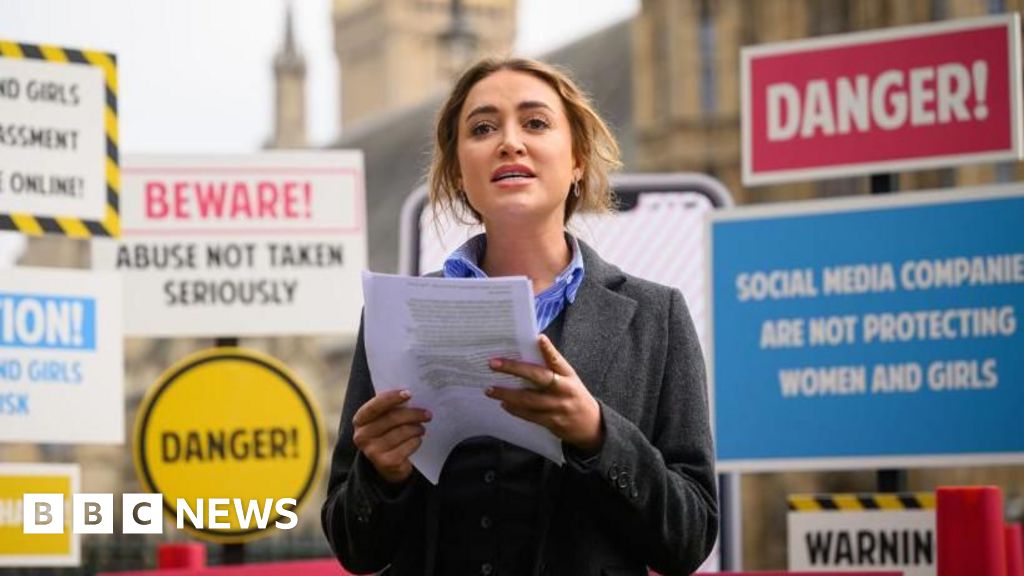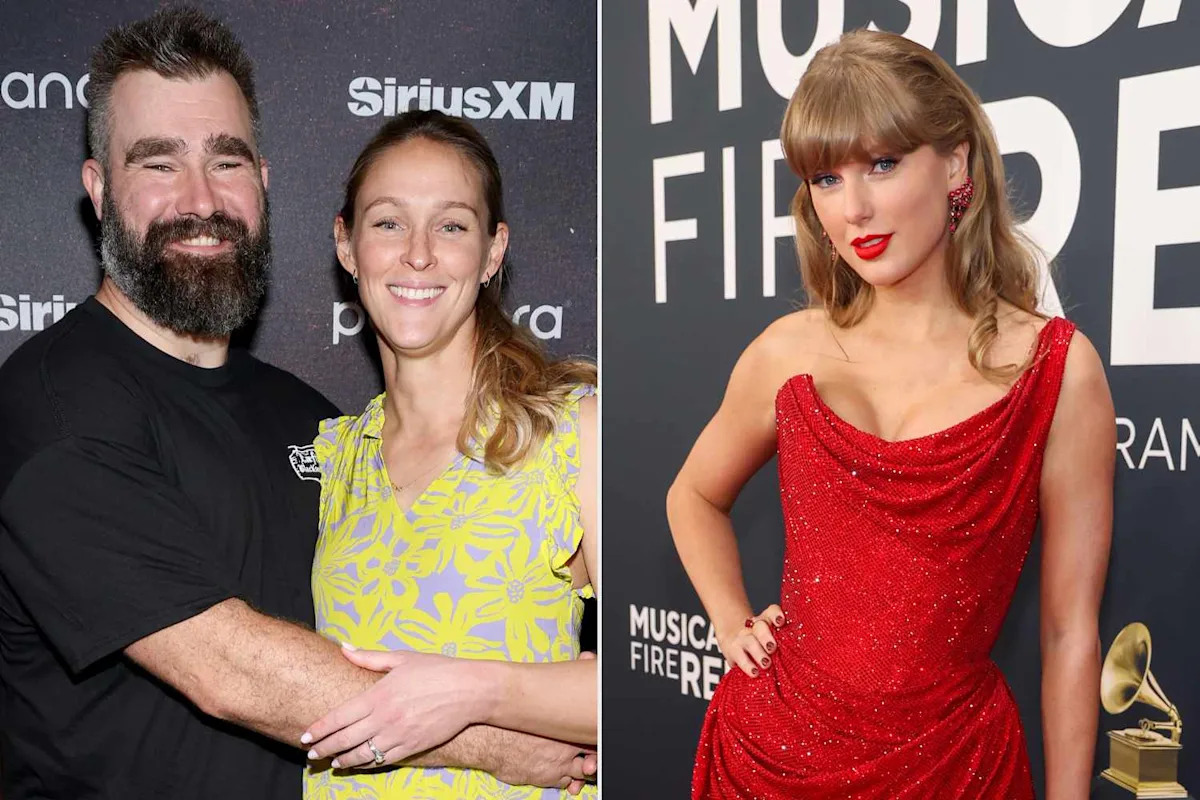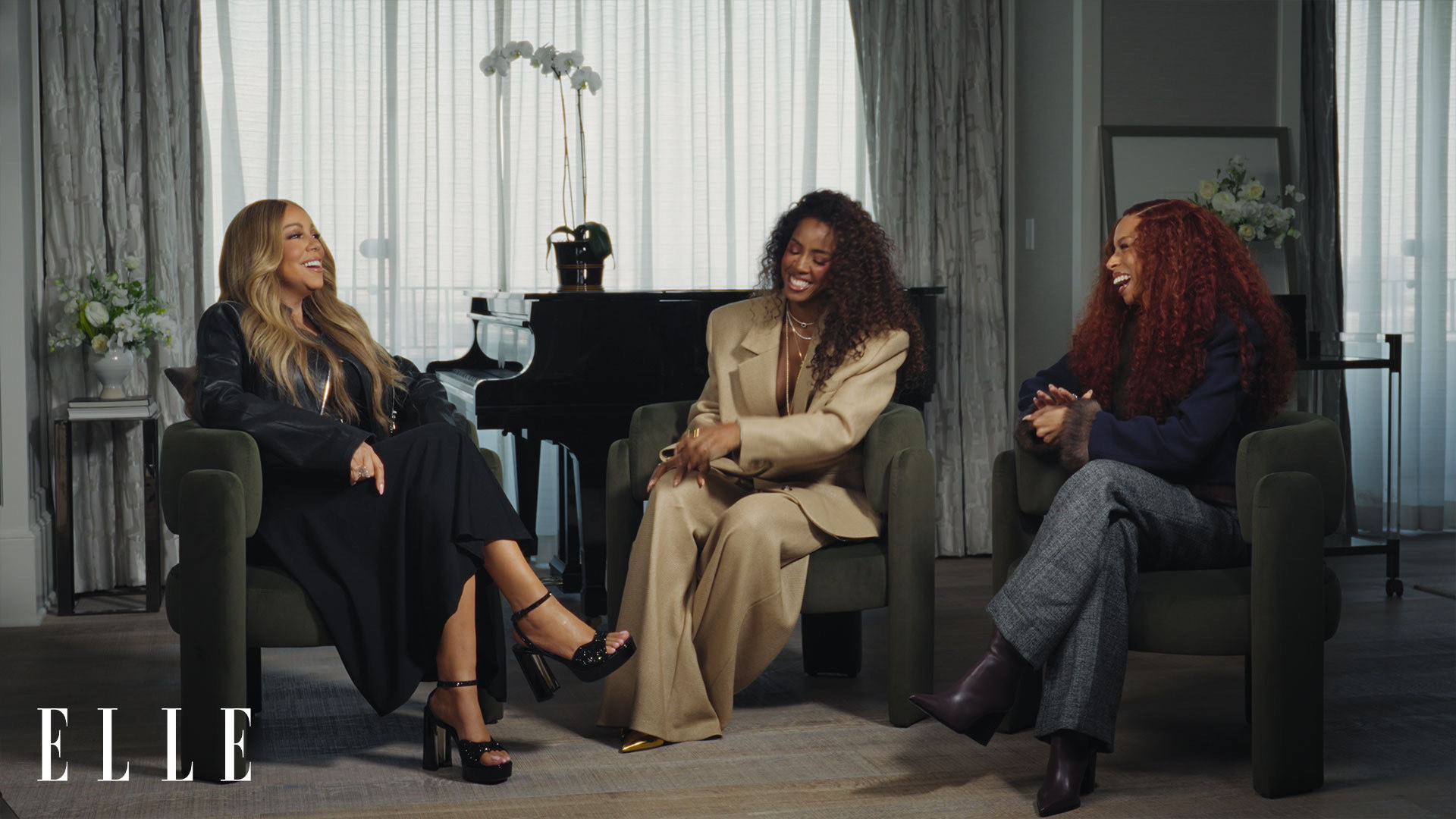Read more news stories here
Young Concert Artists (YCA) has announced the semi-finalists in the 2025 Susan Wadsworth International Auditions.
37 artists have been selected from a pool of more than 200 applicants to advance to the semi-final…

Read more news stories here
Young Concert Artists (YCA) has announced the semi-finalists in the 2025 Susan Wadsworth International Auditions.
37 artists have been selected from a pool of more than 200 applicants to advance to the semi-final…

Angelina Jolie is all set for…

A Big Brother contestant has been removed from the reality show for the “repeated use of unacceptable language and behaviour”, ITV has said.
George Gilbert had received warnings earlier in the series and was seen in Monday’s episode being…

 Getty Images
Getty ImagesA reality TV celebrity who has campaigned for safety for women and…

Jason Kelce opened up about wife Kylie Kelce’s favorite song on Taylor Swift’s new album, The Life of a Showgirl
Jason said the track captured the mother of his four children’s “mentality”
Coincidentally, Swift has also listed the song…

Spotify’s commitment to supporting women in music spans genres, generations, and cultures. This week, we’re excited to announce a new chapter in our partnership with ELLE: Three…

Imagine an actor who never ages, never walks off set or demands a higher salary.
That’s the promise behind Tilly Norwood, a fully AI-generated “actress” currently being courted by Hollywood’s top talent agencies. Her synthetic…

Queen Letizia of Spain and Queen Mathilde of Belgium opted for designer pieces by Giorgio Armani and Dior for their joint appearance ahead of the Europalia España 2025 Festival on Tuesday in Brussels.
For the special occasion, Queen Letizia wore…

Fifty years after Linda Ronstadt’s Prisoner in Disguise came out, the Rock & Roll Hall of Fame inductee is looking back at the album that further cemented her reputation as a ‘70s pop superstar and supreme song interpreter, as Mobile…